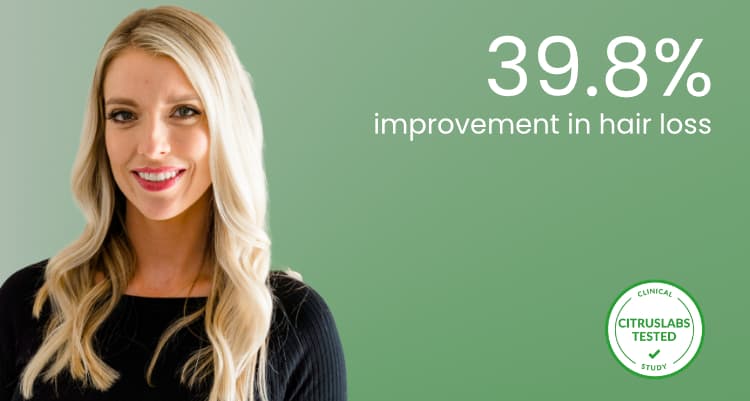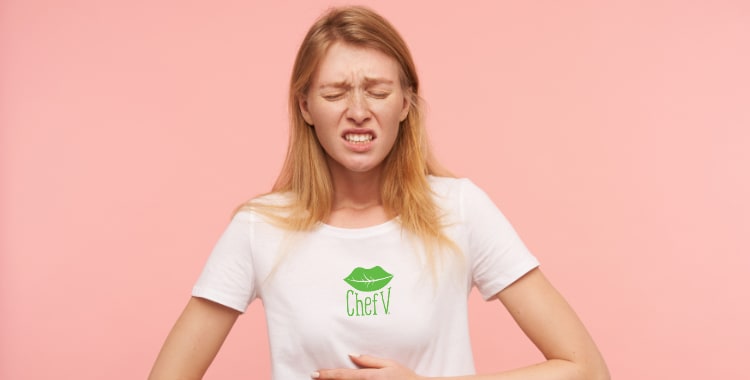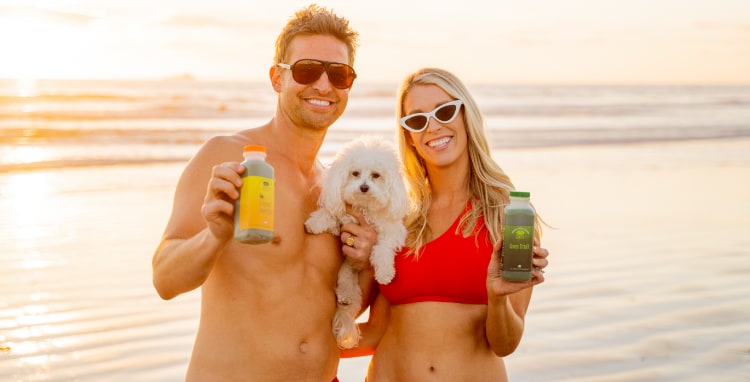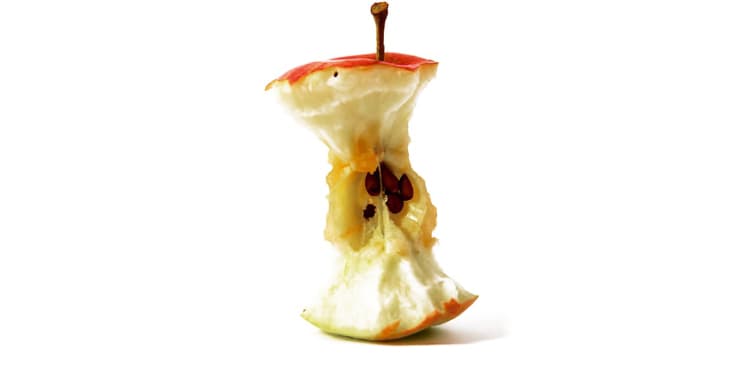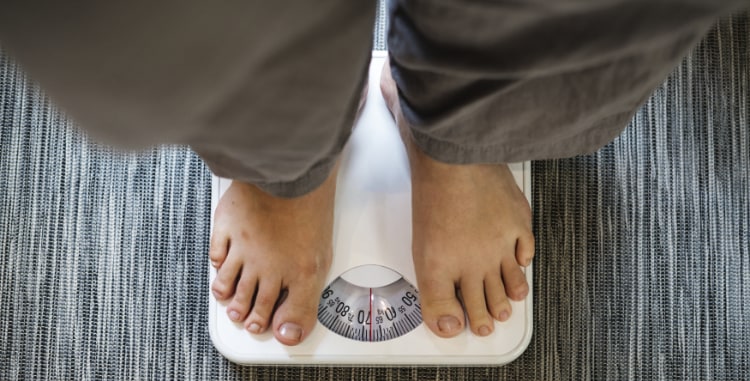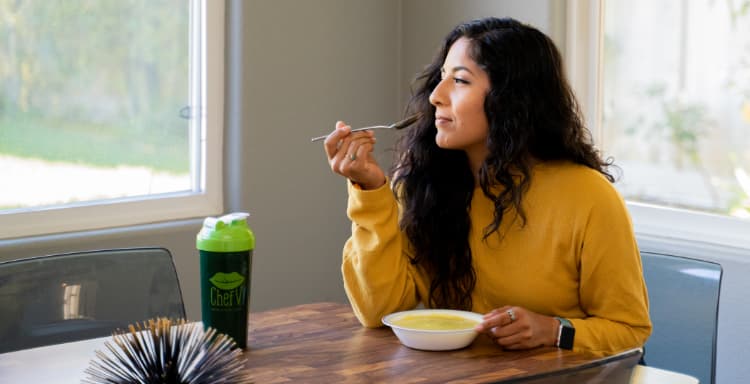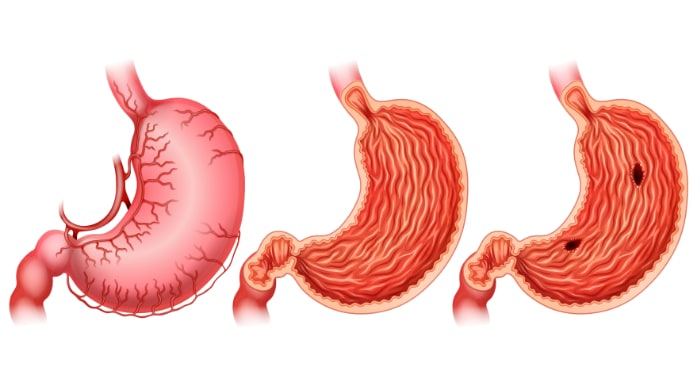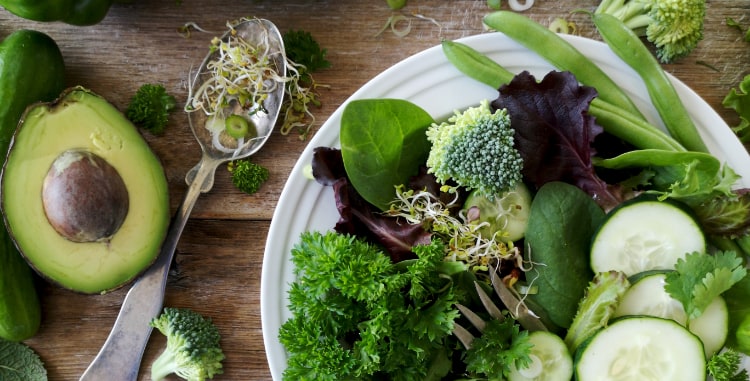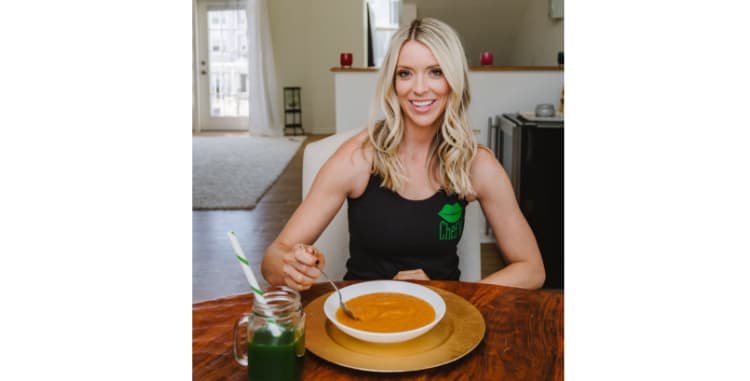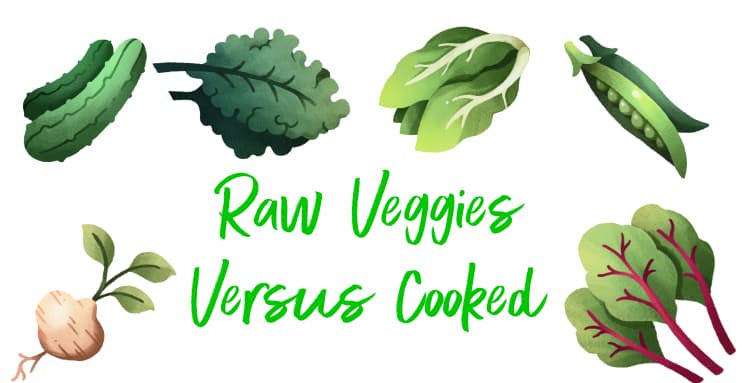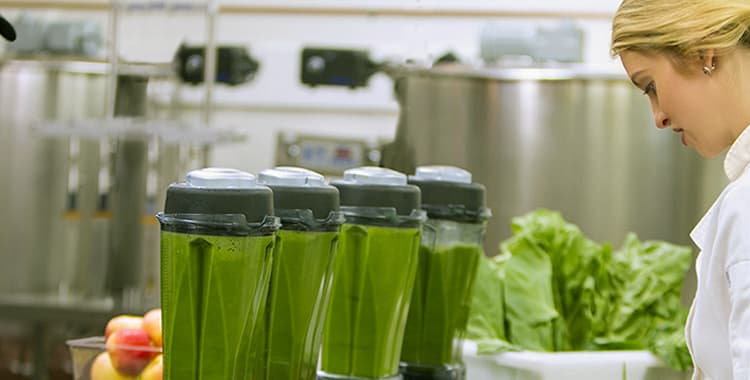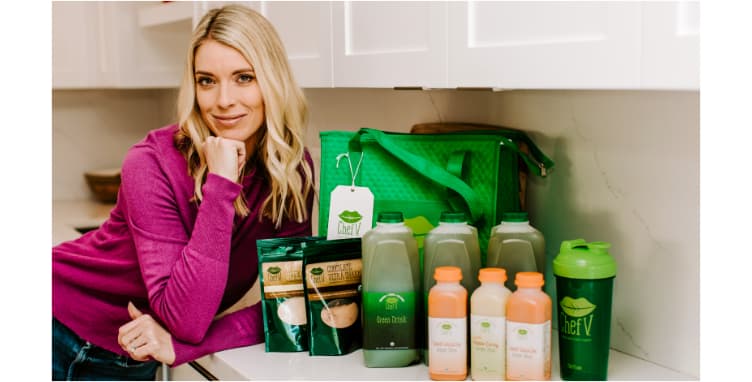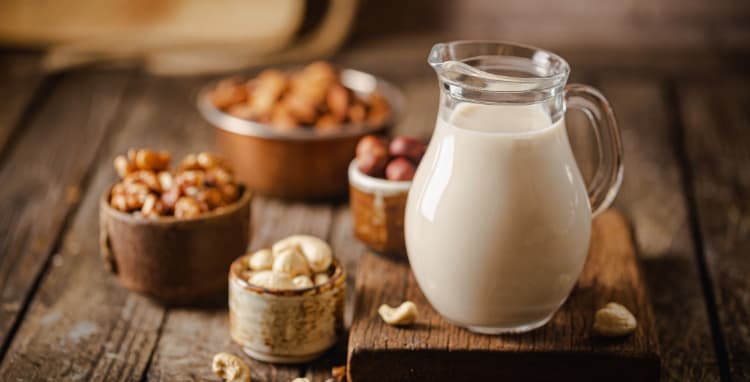
The study Chef V commissioned from an independent laboratory concluded that when study participants completed the Chef V detox and continued to use the Chef V Green Drink plan, they experienced a 39.8% improvement in hair loss.
The best veggies for a healthy gut, skin, hair, and nails are the same as the ones in Chef V’s mega-popular Green Drink. And it’s no coincidence that these same veggies are also the best for helping you cleanse and detox. Chef V covers how each of the veggies benefits your beauty.
I created the recipe for Organic Green Drink several years ago back when I was a private chef. Over time, demand grew for my Green Drink and that’s really the catalyst for launching Chef V.
I did a ton of research for the Green Drink recipe. I wanted to select the best veggies that would not only taste amazing cold-blended, but that would also be the best for a 3 day cleanse or 21-day detox. And as it turns out, the seven veggies in Green Drink not only happen to be the best for cleansing and detoxing, they also happen to be the best veggies for skin, hair, and nails.
Now I admit, it would be a pain in the behind to have to chop green kale, black kale, collard greens, dandelion greens, green chard, curly parsley, and green leaf lettuce every day. And then have to juice it. Then clean up.
The main reason why I transitioned from being a private chef to launching Chef V: making healthier easier for people just like you. And it doesn’t get any easier than having a bottle of our certified organic Green Drink delivered to your home.
Not only can you lose weight, gain energy and sleep more soundly by having Green Drink every day, but there’s also a very good chance your skin, hair, and nails will look better.
So let’s take a look at how the ingredients in Green Drink are the healthiest veggies for skin, hair, and nails.

Best Veggies for Skin, Hair & Nails: Kale
Sure, there’s some excessive kale craziness these days. But for good reason. Kale is rich in vitamin K. And it’s really hard for most people who eat the average American diet to get enough K. Vitamin K actually helps minimize dark circles in your eyes. That’s why it’s one of the best veggies for skin.
In fact, kale can even help tighten your skin. How? Well, one of the reasons why your skin isn’t as tight when you get older is that the aging process weakens your collagen. Collagen is the body’s main structural protein. In fact, over one-third of the thousands and thousands of proteins in the body are collagen proteins. Collagen provides strength to your tendons, ligaments, teeth, nails, hair, bones, gut lining, and much more….
The vitamin C in kale along with the antioxidant, lutein, promotes collagen regrowth and production. In addition, the vitamin A in kale helps prevent damage to the skin. It also repairs and damage to the epidermis.
There’s a good reason why kale has been added to several beauty products. Because it’s such an efficient detoxifying nutrient, kale can help clean your pores. It’s even beneficial for your hair pores. Moreover, kale contains fatty acids such as omega-3s. These fatty acids provide moisture to your hair and skin.
There’s even a nail polish with kale extract. Supposedly, it can help stimulate keratin production. Keratin is the other main protein that’s in your nails.
These facts about kale make it one of the best veggies for skin, hair and nails. So drink your Green Drink and schedule that kale facial!

Best Veggies for Skin, Hair & Nails: Dandelion
Another incredible detoxifying green veggie in our Green Drink is dandelion. Dandelion widens your pores. That’s how it helps your body get rid of toxins. And according to this article, dandelion shrinks wrinkles. It may also help whiten dark spots and reduce fine lines.
Like kale, dandelion also contains lots of beta carotene and vitamin C. It’s also rich in the B vitamins and vitamin E, which is a standard ingredient in many skin care products. Moreover, the minerals and trace minerals in dandelion may actually help regrow hair.

Lettuce
One of the main reasons why lettuce is good for your skin is it contains the following three minerals: silica, sulfur and phosphorous. You don’t need a large quantity of these minerals from the foods you eat. That’s why they are called trace minerals. But these three trace minerals are vital for maintaining healthy skin, hair and nails. Without doubt, you’re not going to get many benefits by eating iceberg lettuce, which is devoid of nutrition. But green leafy lettuce can also protect your skin against harmful UV rays.
So now do you see why I selected these six veggies (7 really; Green Drink includes two different types of kale)? Not only are they the best-tasting and most detoxifying, they’re also the best for your skin, hair and nails.

Lettuce
One of the main reasons why lettuce is good for your skin is it contains the following three minerals: silica, sulfur and phosphorous. You don’t need a large quantity of these minerals from the foods you eat. That’s why they are called trace minerals. But these three trace minerals are vital for maintaining healthy skin, hair and nails. Without doubt, you’re not going to get many benefits by eating iceberg lettuce, which is devoid of nutrition. But green leafy lettuce can also protect your skin against harmful UV rays. So now do you see why I selected these six veggies (7 really; Green Drink includes two different types of kale)? Not only are they the best-tasting and most detoxifying, they’re also the best for your skin, hair and nails.
